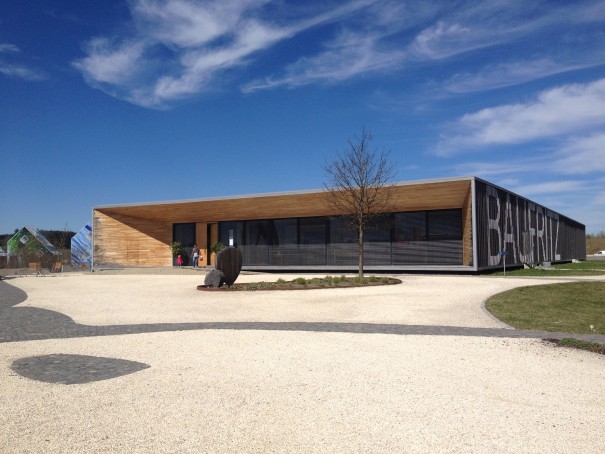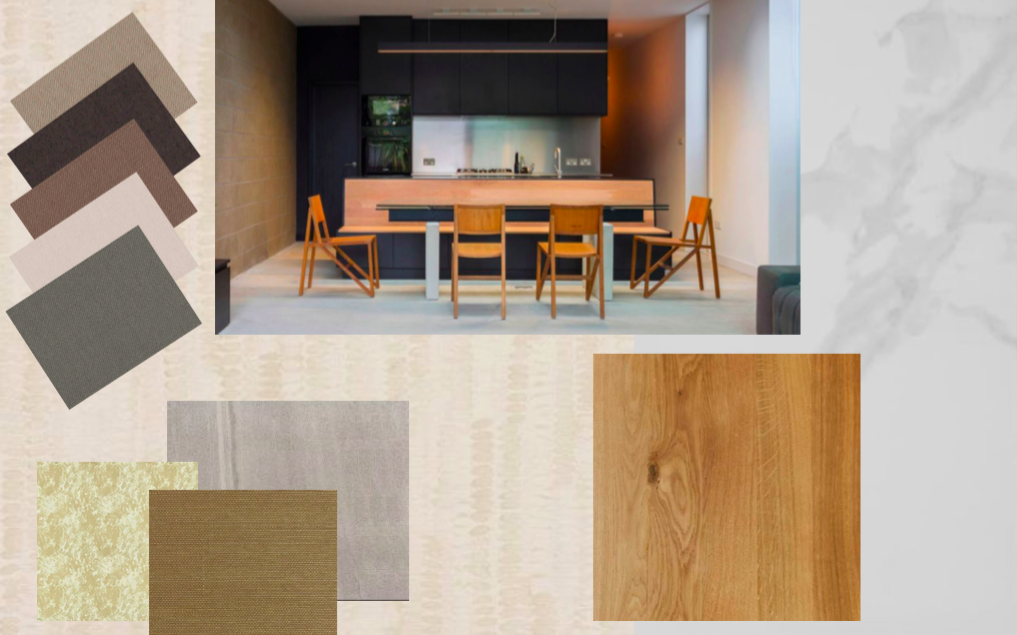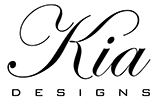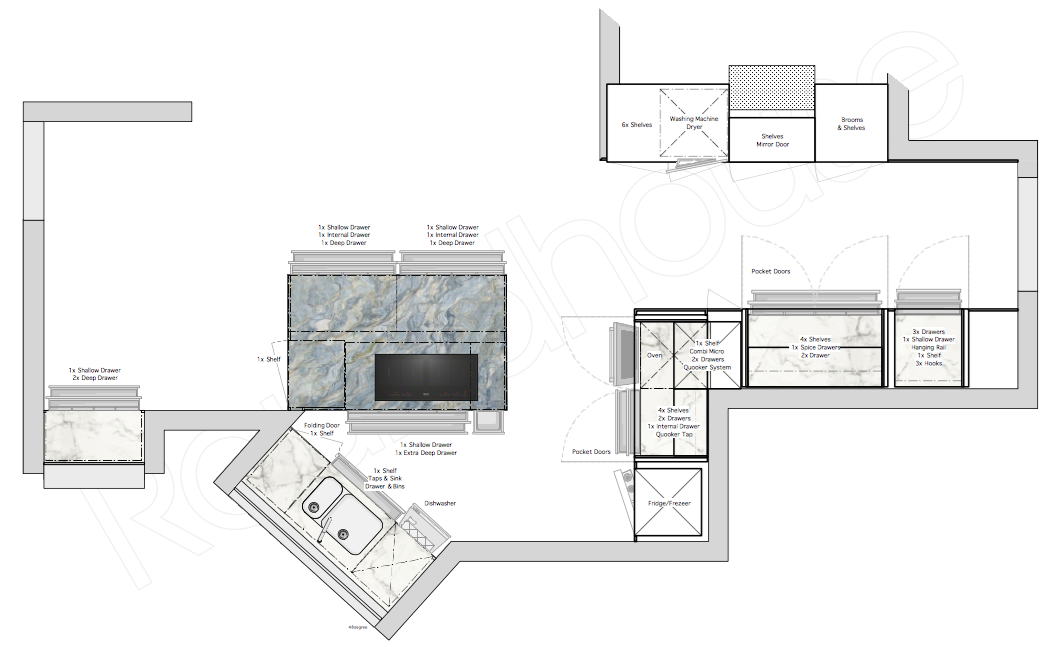
Designer Ralph Caplin once said “Thinking about design can be hard, but not thinking about it can be disastrous.”
When trying to convey a design idea, moods, feelings and textures can be hard to communicate. Professional interior designers will often use mood boards; a collection of textures, images and text related to a design theme as a reference point. They are an ideal way to convey your idea to clients, or to help them see how their inspirational image translates into actual samples.

A basic mood board for the colour scheme for a modern kitchen extension
There are a few rules if you are making a board, or to keep in mind if you are looking at one in a designer’s presentation.
Go room by room: don’t do one for the whole house, you’ll feel like you are living in a catalogue and it will all get very monotonous very quickly. Plus, the functionality and mood of the kitchen is bound to be very different to a bedroom, so keep these ideas separate. When you have done a board for each room, put them all together and it will quickly become apparent if something is going to clash or not fit in.
You have to be ruthless. You are going to love lots of things. The world is full of lots of amazing, wonderful things. You can’t have them all, and if you did it would look terrible. Very few people can pull off the eclectic ‘everything goes’ look, and when they do, it tends to be because they have an expert eye for curation and your gaze is actually guided around the room, only highlighting certain pieces. Great design employs elements with talk to each other, aesthetically. Pick things which you love, but which make sense with everything around it – if the image you have chosen is of a sleek kitchen with several types of stone and wooden furniture, but you’ve picked up a colourful patterned velvet you like, it won’t go. The result won’t be the same as the picture. It’s not that you are trying to replicate the image, it never happens that way, but you are trying to replicate a feeling or mood that those elements convey. If anything doesn’t fit or feature in the image – can it, or move it to another room.
Go physical: textures are a huge part of any design, so just putting a few Pinterest images together won’t mean much.
Don’t get too specific: that’s for later in the design. The mood board really is just that, a sample of moods and ways to create a look. You want to narrow down colour groups (autumnal reds, natural slate tones) but leave the pantone references out.
And have fun! It’s really rewarding to see your ideas materialise, knowing the finished product is going to give the results you desire. Get flicking through those magazines today and let us help make your dreams a reality!


